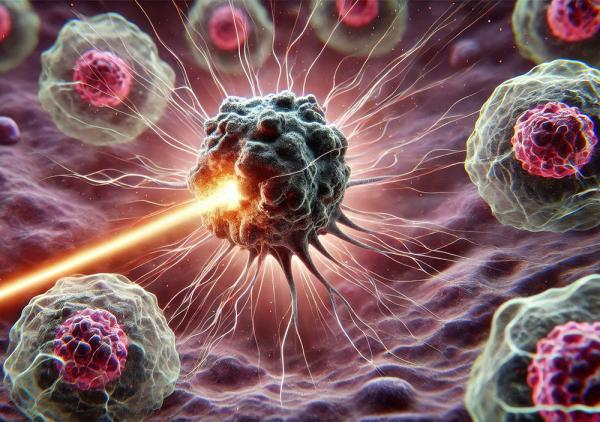Research on Long Term Impacts of Proton and Photon Therapy Featured in NIH Intramural Blog
, by Maura Kate Costello, M.A.
The NIH blog, I Am Intramural, recently featured the Pediatric Proton and Photon Therapy Comparison Cohort, a DCEG study investigating the differences in impact of photon and proton radiation therapies on the risk of second cancers among survivors who underwent these treatments for pediatric cancers.
Historically, it has been difficult to study the long term impact on cancer risk from these therapies because the population of childhood cancer survivors with a second cancer is small. Cari Kitahara, Ph.D., senior investigator in the Radiation Epidemiology Branch (REB), and lead investigator of the cohort, explained that this study was created to overcome this limitation by pooling together data from participating cancer centers. DCEG's Dosimetry Unit, led by Choonsik Lee, Ph.D., senior investigator in REB, has also played a key role because they have developed the methods to calculate the amount of radiation absorbed by the tumor and surrounding tissues from both types of radiation therapy.
Read the I Am Intramural Blog post, entitled, "Comparing Two Ways to Blast Tumors: IRP Study Is Examining the Long-Term Effects of Treatments for Children With Cancer."
